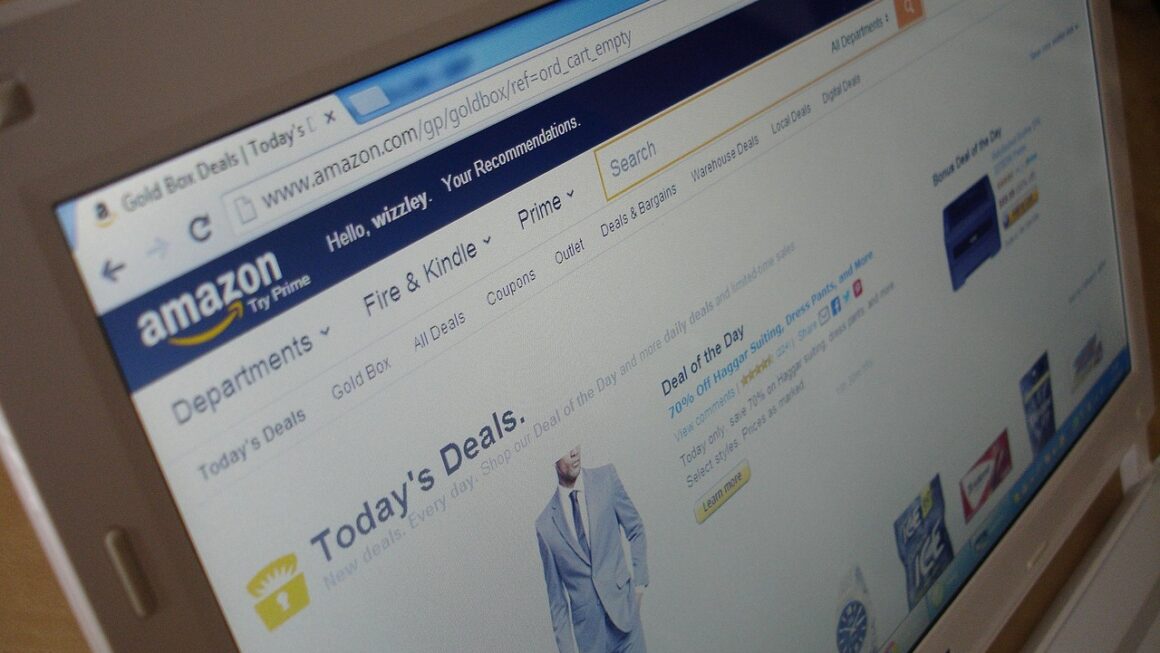Loyalty programs are no longer just a nice-to-have; they’re a crucial component of a successful business strategy. In today’s competitive market, retaining customers is just as important – if not more so – than acquiring new ones. A well-designed loyalty program can significantly boost customer lifetime value, foster brand advocacy, and provide valuable data insights. This guide will delve into the intricacies of loyalty programs, exploring their benefits, different types, key considerations, and how to build a program that resonates with your target audience.
Understanding the Power of Customer Loyalty Programs
What is a Loyalty Program?
A customer loyalty program is a structured marketing strategy designed to encourage customers to continue shopping at or using the services of a business. These programs offer rewards, incentives, or special privileges to repeat customers, incentivizing them to remain loyal to the brand. They can range from simple point-based systems to more sophisticated tiered programs with exclusive benefits.
Why Implement a Loyalty Program?
Implementing a loyalty program offers a multitude of advantages for businesses. Here are some key benefits:
- Increased Customer Retention: Loyalty programs directly incentivize customers to return, leading to higher retention rates. Studies show that increasing customer retention rates by 5% can increase profits by 25% to 95%.
- Boosted Customer Lifetime Value (CLTV): By encouraging repeat purchases, loyalty programs significantly increase the total revenue generated from each customer over their relationship with the brand.
- Enhanced Brand Advocacy: Satisfied loyalty program members are more likely to recommend your brand to others, acting as powerful brand advocates.
- Valuable Data Collection: Loyalty programs provide valuable data about customer behavior, preferences, and purchasing patterns, allowing for more targeted marketing efforts.
- Competitive Advantage: In crowded markets, a compelling loyalty program can differentiate your business and attract customers away from competitors.
- Improved Customer Engagement: Regular communication and special offers through the loyalty program keep customers engaged and connected with your brand.
Types of Customer Loyalty Programs
There’s no one-size-fits-all approach to loyalty programs. The best type for your business depends on your industry, target audience, and overall business goals. Here’s an overview of common types:
Points-Based Programs
This is the most common type, where customers earn points for every purchase or action (e.g., writing a review, referring a friend). These points can then be redeemed for rewards like discounts, free products, or exclusive experiences. Starbucks Rewards is a prime example, awarding stars for purchases that can be redeemed for free drinks and food.
- Pros: Simple to understand and implement, easy to track customer activity.
- Cons: Can be seen as generic if not well-differentiated, potential for points devaluation if not managed carefully.
Tiered Programs
These programs offer different levels of membership based on customer spending or engagement. Higher tiers unlock more valuable rewards and exclusive benefits. Delta SkyMiles Medallion program is a great example, offering Silver, Gold, Platinum, and Diamond tiers with increasingly valuable perks like priority boarding, upgrades, and bonus miles.
- Pros: Encourages higher spending and engagement, provides a sense of exclusivity and aspiration.
- Cons: Can be complex to manage, requires careful planning of tier levels and reward structures.
Value-Based Programs
These programs align with a brand’s values and offer rewards that resonate with those values. For example, a sustainable clothing brand might offer discounts for customers who donate old clothes or participate in eco-friendly initiatives. TOMS Shoes donates a pair of shoes for every pair purchased, aligning with their commitment to social responsibility.
- Pros: Strengthens brand affinity, attracts customers who share the brand’s values, fosters a sense of purpose.
- Cons: Requires a clear understanding of the target audience’s values, authenticity is crucial.
Paid (VIP) Programs
Customers pay a fee to join and receive exclusive benefits, such as free shipping, early access to sales, or special discounts. Amazon Prime is a classic example, offering a range of benefits for an annual fee.
- Pros: Generates upfront revenue, creates a strong sense of commitment from members, provides predictable revenue stream.
- Cons: Can be difficult to attract initial members, requires offering significant value to justify the membership fee.
Coalition Programs
Multiple businesses partner together to offer a shared loyalty program. Customers can earn and redeem points across different participating businesses. Aeroplan (Air Canada) is a good example, partnering with numerous airlines, hotels, and retailers.
- Pros: Wider reach, greater value for customers, shared marketing costs.
- Cons: Requires careful coordination and agreement among partners, potential for conflicts of interest.
Key Considerations for Designing a Successful Loyalty Program
Define Your Objectives
Before launching a loyalty program, clearly define your goals. Are you trying to increase customer retention, boost sales, acquire new customers, or improve customer engagement? Defining your objectives will guide your program design and help you measure its success.
Understand Your Target Audience
A successful loyalty program resonates with your target audience. Understand their needs, preferences, and motivations. Conduct market research, analyze customer data, and solicit feedback to tailor the program to their specific requirements. Consider what rewards will truly motivate them and what kind of experience they expect.
Choose the Right Technology
Selecting the right technology is crucial for managing your loyalty program effectively. Consider a loyalty platform that offers features like:
- Customer data management: Centralized database for tracking customer activity and preferences.
- Points tracking: Automated points accumulation and redemption.
- Personalized communication: Targeted email and SMS marketing.
- Reporting and analytics: Insights into program performance and customer behavior.
- Integration with existing systems: Seamless integration with your POS, CRM, and e-commerce platform.
Offer Meaningful Rewards
The rewards offered in your loyalty program should be valuable and appealing to your target audience. Consider offering a mix of tangible rewards (e.g., discounts, free products) and intangible rewards (e.g., exclusive experiences, early access). Ensure that the rewards are attainable and easy to redeem.
Promote Your Program Effectively
Once you’ve designed your loyalty program, promote it effectively to attract members. Utilize various marketing channels, including:
- Website and social media: Prominent placement on your website and active promotion on social media.
- Email marketing: Targeted email campaigns to existing customers and prospects.
- In-store promotions: Signage, flyers, and staff training to promote the program in-store.
- Partnerships: Collaborate with other businesses to cross-promote your loyalty program.
Measuring and Optimizing Your Loyalty Program
Track Key Metrics
Regularly track key metrics to evaluate the performance of your loyalty program. Important metrics to monitor include:
- Enrollment rate: Percentage of customers who sign up for the program.
- Participation rate: Percentage of members who actively participate in the program.
- Redemption rate: Percentage of earned points or rewards that are redeemed.
- Customer retention rate: Percentage of customers who remain loyal over time.
- Customer lifetime value (CLTV): Total revenue generated from each customer over their relationship with the brand.
- Net Promoter Score (NPS): Measures customer loyalty and willingness to recommend your brand.
Analyze Customer Feedback
Solicit feedback from your loyalty program members to identify areas for improvement. Conduct surveys, run focus groups, and monitor social media to gather insights into their experiences and preferences. Use this feedback to optimize your program and enhance its value.
Continuously Optimize
Loyalty programs are not static. Continuously optimize your program based on performance data and customer feedback. Experiment with different reward structures, communication strategies, and program features to find what works best for your target audience. Stay up-to-date with industry trends and adapt your program to meet evolving customer expectations.
Conclusion
A well-designed and executed customer loyalty program can be a powerful tool for building lasting relationships, driving revenue, and gaining a competitive advantage. By understanding the different types of programs, key considerations, and measurement techniques, you can create a loyalty program that resonates with your target audience and delivers tangible results for your business. Remember to focus on providing value, engaging your customers, and continuously optimizing your program to ensure its long-term success. In the long run, happy, loyal customers are your best marketing asset.




